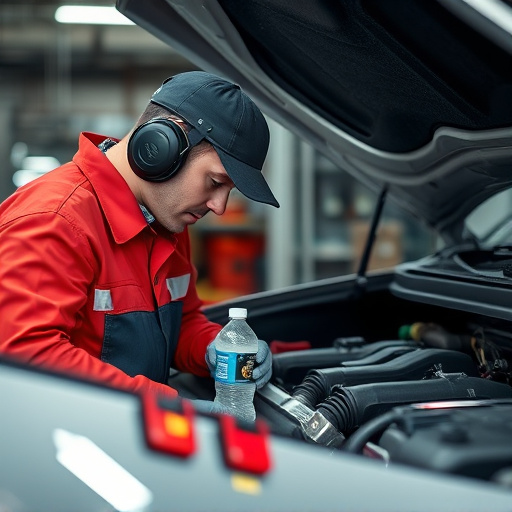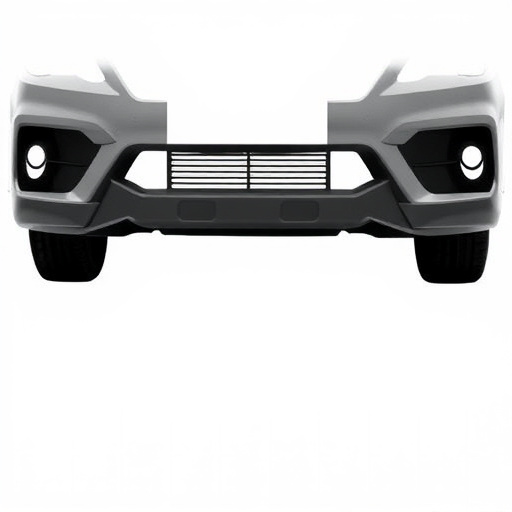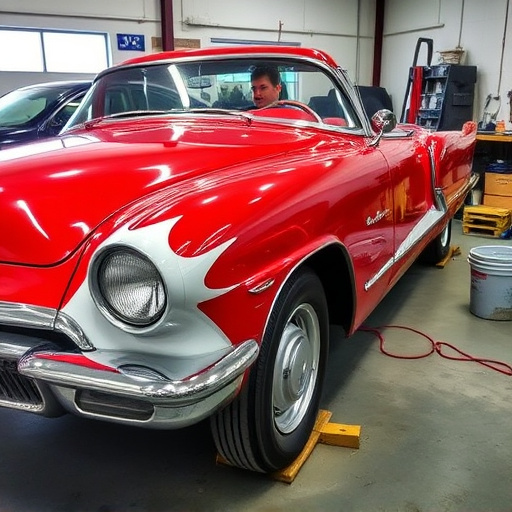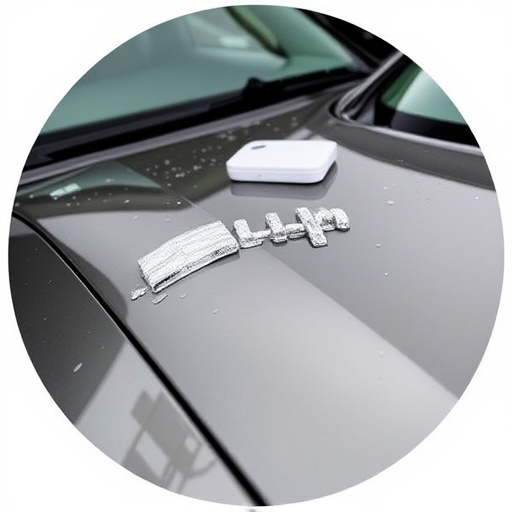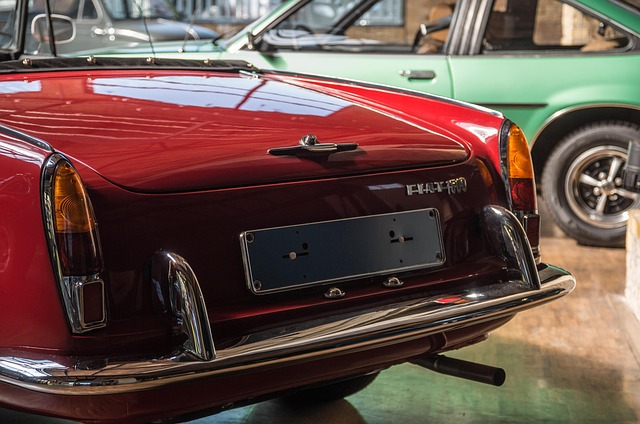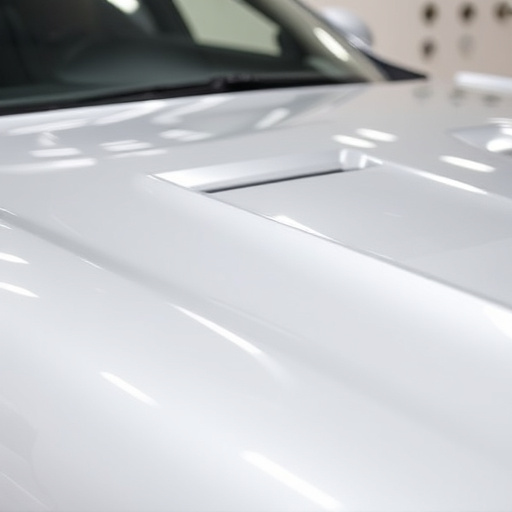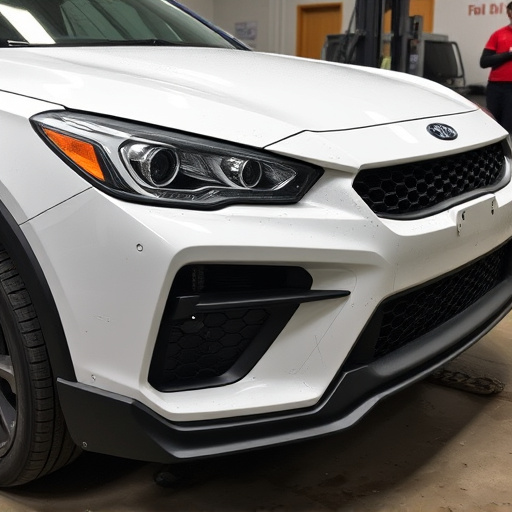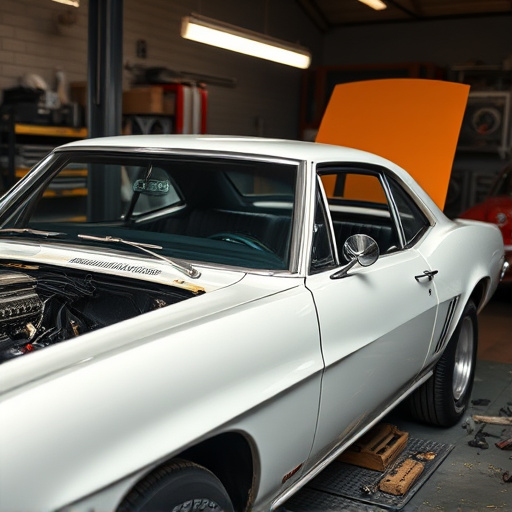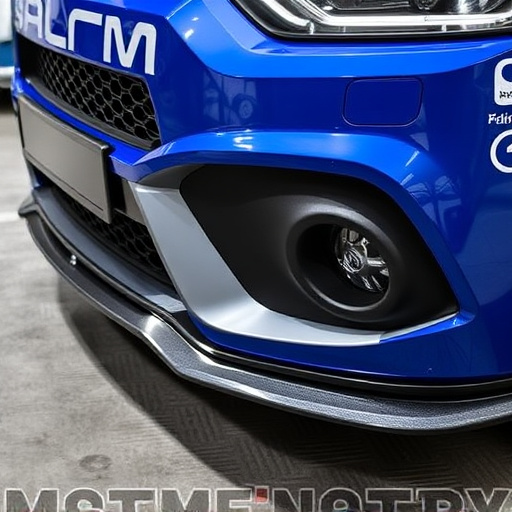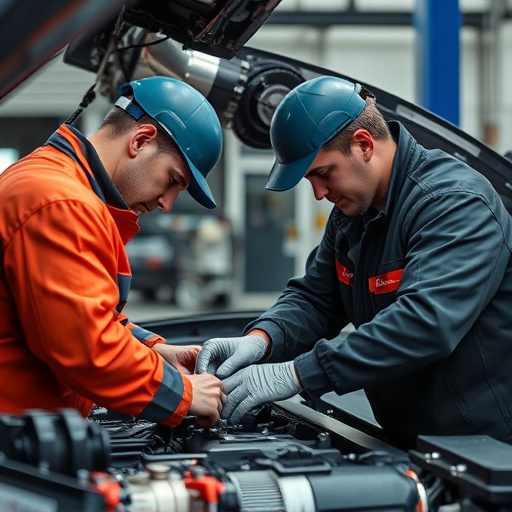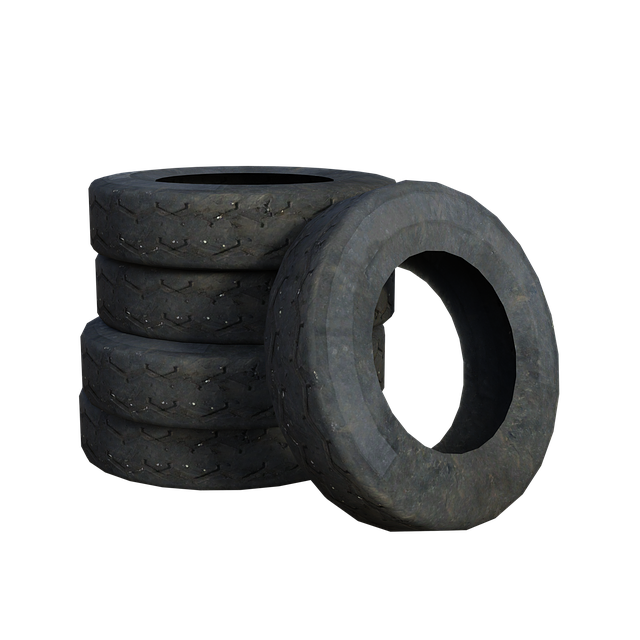Weekend collision repair starts with a thorough visual inspection to identify damage, from visible dents and scratches to auto glass chips. Acquiring parts is crucial, with dedicated suppliers for vintage cars and accessible options for newer models. This blend of modern technology and traditional craftsmanship offers versatile repairs for diverse vehicles during off-work hours.
Need a quick weekend fix for your car? Discover how to tackle collision repairs on both older and newer vehicle models. This guide breaks down the process into three key stages: assessing damage, sourcing parts, and applying repair techniques. Whether you’re skilled or novice, learn modern methods and traditional tricks for successful weekend collision repair. Optimize your skills and get back on the road faster.
- Assessing Damage: A Quick Weekend Guide
- Parts Acquisition: Sourcing Older and Newer Models
- Repair Techniques: Modern vs Traditional Methods
Assessing Damage: A Quick Weekend Guide
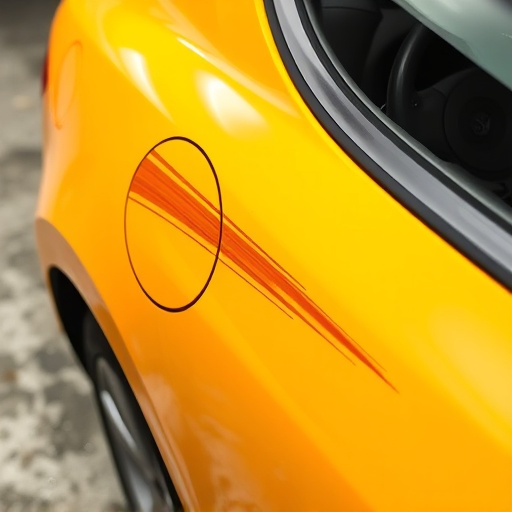
When it comes to weekend collision repair, assessing the damage is the first crucial step. Whether your older or newer vehicle model has suffered a minor fender bender or a more significant accident, visual inspection is key. Start by walking around the car and noting any visible dents, scratches, or cracks in the paint. Check for chips or cracks in the auto glass, as well as any signs of fluid leaks or damaged parts like headlights or taillights.
Use tools like a flashlight to inspect hidden areas and a mirror to get a better view of hard-to-reach spots. For example, if you suspect a car dent repair, use a penny or a thin metal tool to tap the area gently – if it resonates, it may indicate a deeper dent. Similarly, for auto glass replacement, consider clear tape on the glass to check for any breaks or chips that need attention. This quick guide ensures you’re prepared to tackle common vehicle repair tasks during your weekend project.
Parts Acquisition: Sourcing Older and Newer Models
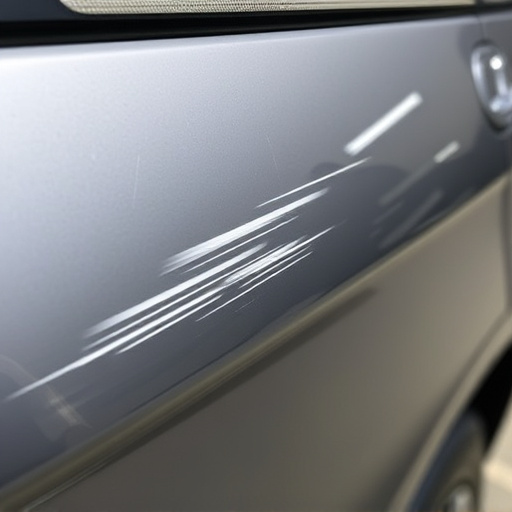
Acquiring parts for both older and newer vehicle models is a crucial aspect of successful weekend collision repair. For classic or vintage cars, finding compatible parts can be challenging but not impossible. Enthusiasts often rely on specialized suppliers who stock genuine OEM (original equipment manufacturer) parts or high-quality replicas. Online forums and communities dedicated to these specific car models can also prove invaluable for sourcing hard-to-find items from fellow enthusiasts or experienced restorers.
When it comes to newer vehicles, the process is generally more straightforward due to the availability of modern auto body repairs and replacement parts at dealerships and specialized retailers. However, for those seeking cost-effective solutions, aftermarket parts can offer a viable alternative without compromising quality or safety. With careful research and a bit of patience, weekend collision repair enthusiasts can gather all necessary components to bring their vehicle back to its original condition, making it a rewarding experience for both the hobbyist and their ride.
Repair Techniques: Modern vs Traditional Methods
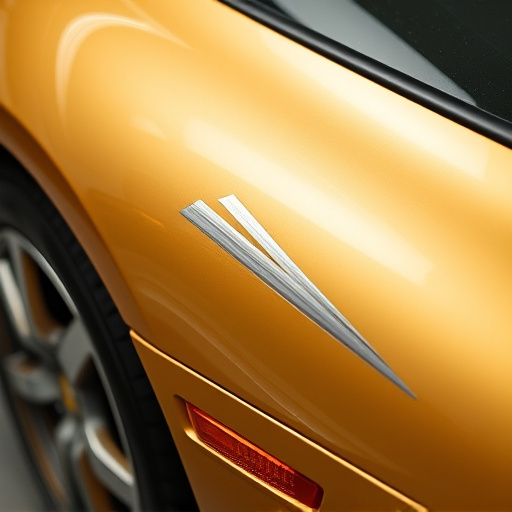
In today’s automotive landscape, weekend collision repair offers a blend of modern and traditional techniques to cater to diverse vehicle needs. Modern methods leverage advanced technologies like computer-aided design (CAD) and laser welding for precise, efficient repairs. These innovations ensure minimal metal manipulation, preserving the car’s original structural integrity and enhancing its resale value. On the other hand, traditional collision repair still holds value, relying on skilled technicians and manual techniques for more complex or older vehicle models where modern tools might not be as effective.
For example, while auto glass repair can often be digitally calibrated and replaced swiftly using modern methods, car body repair for intricate paneling or frame straightening in vintage vehicles may necessitate hand crafting and traditional metalworking skills. This fusion of techniques empowers weekend collision repair shops to service both newer models with cutting-edge technology and older classics requiring meticulous manual labor, making it a versatile solution for diverse vehicle owners seeking prompt and quality repairs during their off-work hours.
In today’s fast-paced world, finding time for vehicle maintenance can be challenging. However, with efficient planning and the right resources, weekend collision repair is an achievable goal for both older and newer vehicle models. By mastering damage assessment techniques, sourcing the necessary parts, and understanding modern versus traditional repair methods, car enthusiasts can extend their vehicle’s lifespan while saving time and money. Embracing these strategies empowers folks to take control of their automotive care, ensuring a smooth and satisfying DIY weekend collision repair experience.
